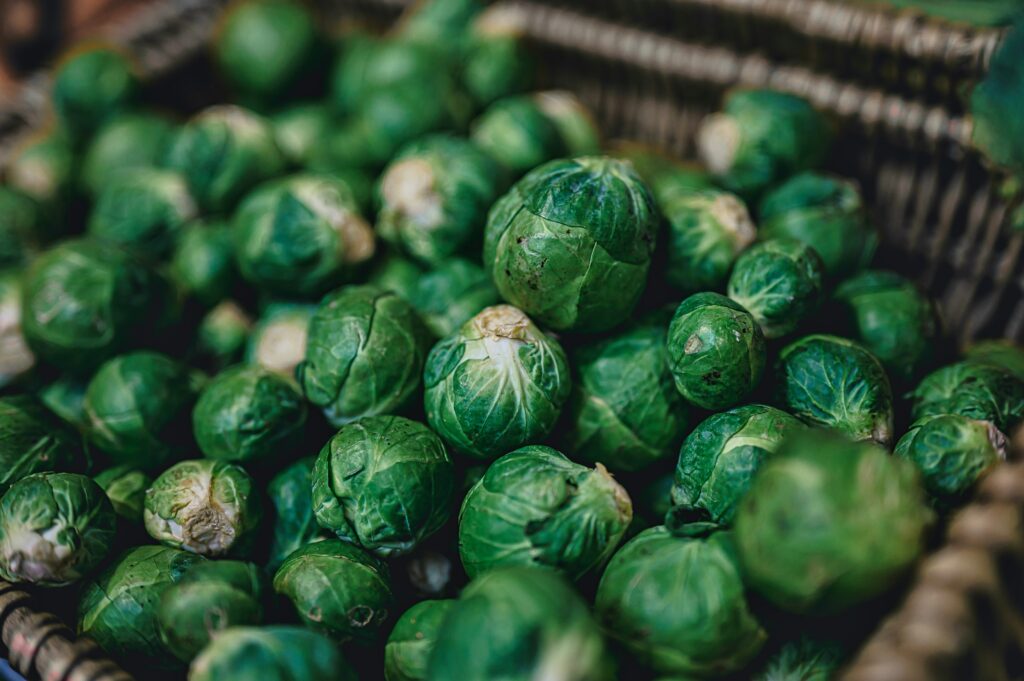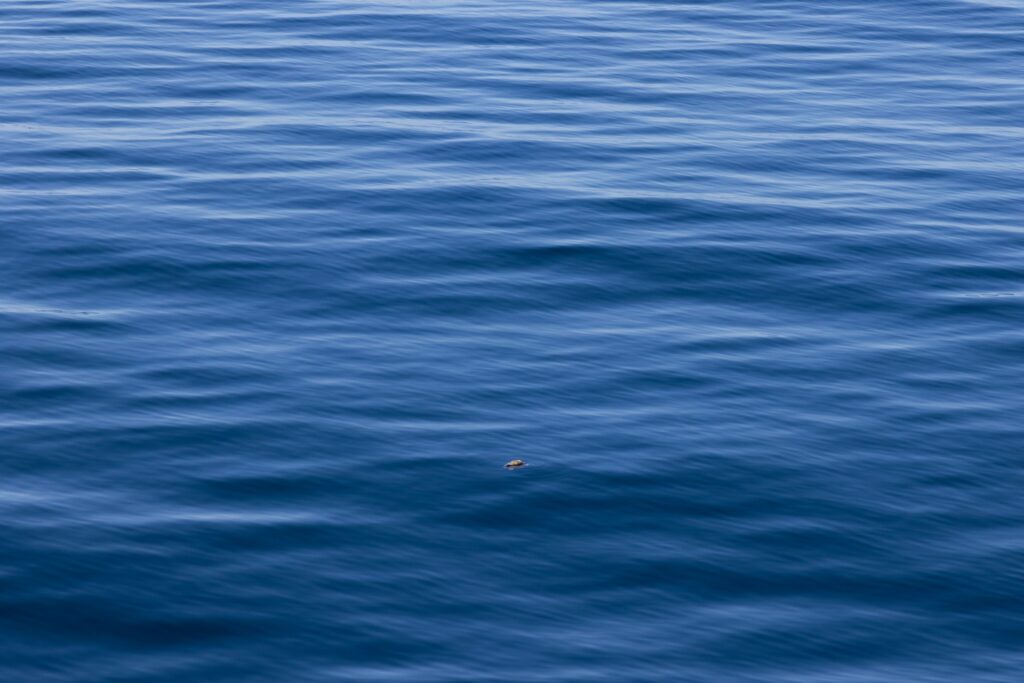We have repeatedly asked a question that might sound pedantic but actually goes to the heart of modern global warming orthodoxy. Since nature is the biggest CO2 emitter by far but is also insatiably hungry for the stuff, how is it that it gobbles up a suspiciously round 50% of our “carbon pollution” while rejecting the rest? Does ours taste bad compared to the same stuff released by rotting plants or swirling oceans? How does nature even tell our CO2 from the good stuff? It turns out there is a subtle difference: because human CO2 comes overwhelmingly from fossil fuels, it has a slightly different isotopic signature. Not enough to affect photosynthesis or any of the key carbon cycle mechanisms. But enough that scientists have long claimed that amidst rising atmospheric CO2 there should be a detectable increase in the sort with our fingerprints on it. And a new study says there is not.
In 2017 then Prince Charles summed up the orthodoxy with admirable clarity and concision in his 2017 Ladybird Expert series book:
“Carbon dioxide is exchanged continually between the atmosphere, plants and animals through growth, death and decay, and also directly between the atmosphere and ocean. About half of the carbon dioxide pollution is soaked up by land and forests (land sink) or by the oceans (ocean sink). The rest, about 16 billion tonnes each year, accumulates in the atmosphere; there is no convenient hole in the sky for it to escape through.”
You get the idea? The natural stuff is all absorbed because, as he waxes lyrical elsewhere in the book, nature has a circular holistic completeness at odds with our wasteful ways:
“Our planet and its ecosystems run through cycles and loops, for example the water cycle and carbon cycle. Soils break down plant remains and turn them into the nutrients needed to grow new plants. As is common sense, everything is recycled and reused: in Nature there is no waste. In modern societies, however, our way of doing things is often more in straight lines than loops. We take resources, make products, use them and often dispose of them in waste that goes into the land, the atmosphere and the oceans without recapturing the resources used to make them.”
Naturally, therefore, nature doesn’t leave CO2 lying around. If it is exhaled by, say, animals, it is inhaled by plants, who then exhale oxygen that animals inhale. Marvellous. Humans, by contrast, fill garbage dumps, put paint in the lake and spew plastic into the oceans. Ugh. And evidently our CO2 is just more trash, so it soils the sky. Except, as noted, our CO2 is not different in ways that matter to photosynthesis, absorption by the oceans or any of that stuff.
What, then, is the difference that can be measured and what does it tell us? CO2 in the atmosphere is exposed to cosmic rays that form carbon isotopes equally at home in CO2 but with differing half-lives. Since fossil fuels are buried underground for millions of years, sheltered from most such radiation, the shorter-lived isotopes in their carbon content become less common, specifically in this case C13. So if more of the CO2 that is now around us were from that source it would have less C13 than the natural kind. But even if carbon is naturally sequestered nearer the surface of the planet, or the oceans, there is some tendency for the C13 share to diminish, so if nature is releasing more CO2 than it used to, it will also cause the ratio of C13 to C12 in the air to fall. The question is whether the rate indicates primarily natural or primarily human causes.
The actual paper is, of course, a complex exercise in mathematics and data analysis. But its bottom line with regard to what the C12/C13 ratio is doing, and what it would probably do absent human influence, is that:
“1. From modern instrumental carbon isotopic data of the last 40 years, no signs of human (fossil fuel) CO2 emissions can be discerned;
2. Proxy data since the Little Ice Age suggest that the modern period of instrumental data does not differ, in terms of the net isotopic signature of atmospheric CO2 sources and sinks, from earlier centuries.”
Rather, the relative decrease in C13 that has been observed is explained by a natural warming going on for centuries, since the depth of the Little Ice Age, that we did not cause and almost certainly cannot influence whether its effects are benign, indifferent or harmful.
If this finding is true, and one study does not make a scientific field nor demolish a paradigm, the consequences are absolutely revolutionary. Or perhaps we should say counter-revolutionary, since it would restore the older notion of a series of natural temperature cycles probably heading downward, ominously, toward the end of the Holocene and the return of the glaciers. A notion in which human emissions of CO2 do not affect the temperature because no emissions of CO2 affect it.
We have pointed out before that the actual historical record strongly suggests that when atmospheric CO2 and temperature appear to move in some sort of coordinated fashion, which they do not for most of Earth’s history, it is temperature that changes first, with CO2 responding. As you’d expect since warmer oceans degas CO2 and cooler ones absorb it. And also because human CO2 emissions are still a small fraction of the natural carbon cycle, and ascribing outsized impacts to them always had a certain dogmatic flavour.
If you look on the scale of millions of years, you see no correlation at all between temperature and atmospheric CO2. They wander in opposite directions, travel together, one goes and the other doesn’t, as if they were unrelated. But there does seem from the ice cores to be a semi-regular cycle laid atop the completely random movement in which minor variations bear some relationship to one another. Just the opposite to what the alarmists say, including Al Gore famously bungling it in An Inconvenient Truth.
If true, it means that the planet is the site of vast, long-period cycles and perturbations, things lasting centuries or even millennia. And if that one is true, it means that nothing that has happened in the last 150 years can have had any significant impact on the causes of climate fluctuations, and therefore certainly none on the results.
Terrible.
P.S. If it is true, then carbon sequestration will be a singularly expensive exercise in futility because as we grab CO2 out of the air, more will be released due to the dynamic balance of Gaia as opposed to our mechanistic and wasteful hubris. Irony can be pretty ironic sometimes.



This Koutsoyiannis paper supports the work of Salby, Harde, Berry and others that concludes the fossil fuel CO2 we have released comprises about 5% of the recent increase not all of it as assumed by the IPCC. Koutsoyiannis's analysis is independent of the several analyses done by these others who have presented several good independent analyses based on first principals and empirical data.
Interesting and unsurprising, this is exactly like the ozone scare, ozone created by natural processes is mostly in the ozone layer at the edge of space because that is where it is created by interactions between solar radiation and oxygen. Human generated ozone is created by electric arcs near the surface (spark plugs for example), when either ozone type interacts with CFCs specific compounds are created and "scientists" (which might be loosely defined as people with chemical detection instruments) find parts per billion (PPB) traces in the ozone layer of these compounds, though oddly they detect no CFCs. CFCs are heavy and don't easily rise into the upper atmosphere. It is much more likely that CFCs released at the surface react with ozone created at the surface then eventually trace amounts of the resulting compounds migrate into the ozone layer.....but there are no research grants for that!
The vast majority of Atmospheric CO2 that has been "absorbed" over the last half billion years is in the form of sedimentary rock thanks to marine shellfish making carbonates from dissolved CO2. All we are doing is adding some inventory back to continue the process which is fortuitous for terrestrial life as the CO2 concentration near the end of the last glaciation was getting near the lower limits for most plant life. And yes, carbon sequestration enterprises, unless economically justifiable in enhanced oil and gas recovery is a total waste of resources.
The study is by a fool and so is this article. A rare waste of my reading time here.
Humans are adding about 5ppm of CO2 every year and atmospheric CO2 increases ABOUT 2.5 PPM. THAT MEANS NATURE IS ABSORBING ABOUT 2.5 PPM of CO2 a year. A very simple equation. The author of this article should be banned from writing here.
Salby, Harde, Berry are The Three Stooges of climate science. Only fools join their cult -- a total embarrassment to conservative Climate Realists who bother to study climate science